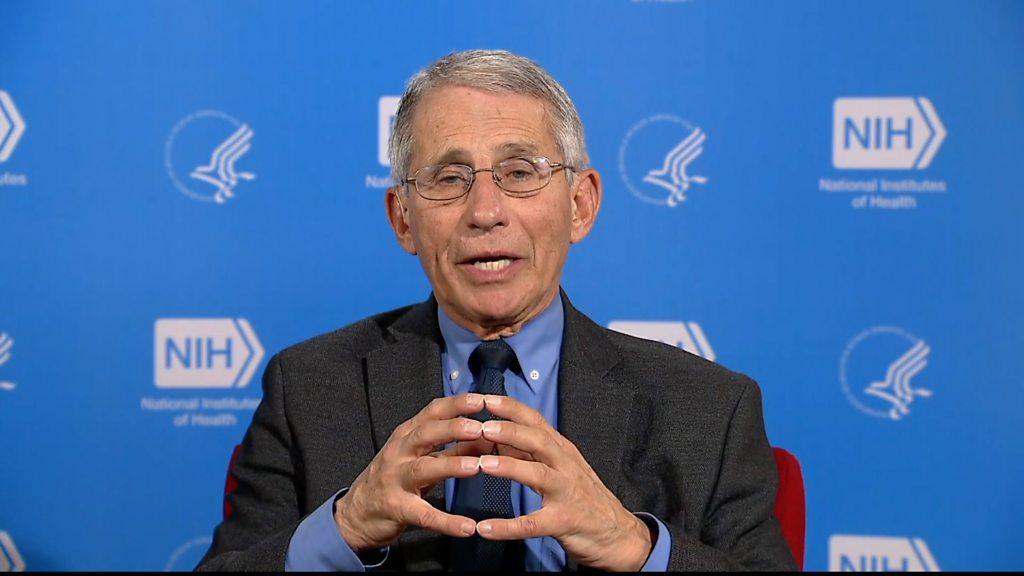Trump declares national emergency over coronavirus
- Published
President Trump declares a national emergency and says he will "most likely" be tested for coronavirus
US President Donald Trump has declared a national emergency to help handle the growing outbreak of coronavirus.
The declaration - "two very big words", according to Mr Trump - allows the federal government to tap up to $50bn (£40bn) in emergency relief funds.
The move loosens regulations on the provision of healthcare and could speed up testing - the slow pace of which has been criticised widely.
There are 1,701 confirmed cases of Covid-19 in the US, and 40 deaths.
Several US states have taken measures to stem the infections rate, including banning large gatherings, sporting events and closing schools.
The virus originated in China last December, but Europe is now the "epicentre" of the global pandemic, the head of the World Health Organization said on Friday, as several European countries reported steep rises in infections and deaths.
Italy has recorded its highest daily toll yet - 250 over the past 24 hours, taking the total to 1,266, with 17,660 infections in the country.
Mr Trump's administration has come under recent scrutiny over its failure to provide Americans with widespread coronavirus testing.
What did Mr Trump announce?
The decision on the state of emergency was announced by Mr Trump in a live address from the White House Rose Garden.


LIVE UPDATES: Borders shut as coronavirus cases rise
EASY STEPS: How to keep safe
A SIMPLE GUIDE: What are the symptoms?
GETTING READY: How worried should the US be?
TRAVEL PLANS: What are your rights?

The "next eight weeks are critical," Mr Trump said.
Amongst the measures envisaged as part of the emergency response are:
The US Health Secretary Alex Azar and health officials can waive certain laws and license requirements, giving more flexibility to healthcare providers
Hospitals have been asked to activate their emergency preparedness plans
Up to 500,000 additional coronavirus tests will be available by early next week, though authorities are not recommending tests without clear need; private labs and vaccine developers will be able to provide five million coronavirus tests within the month, though authorities are not recommending tests for those without symptoms
Interest on all student loans is to be waived until further notice as a measure to ease the burden for students as universities and colleges across the country shut their doors
Democrats in Congress and heavily-affected states had been urging Mr Trump to issue the order, which will also allow more people to qualify for government health insurance.
Later on Friday, US House of Representatives Speaker Nancy Pelosi announced she had reached a deal with the White House on a package to assist people affected by the outbreak.
It includes two weeks of paid sick leave and up to three months of paid family and medical leave, free virus testing for those without insurance and food aid.
Does Trump need a virus test?
Urged again to explain why he hasn't taken a coronavirus test following reports that he has been in the company of people who have tested positive recently, Mr Trump said he had no symptoms and there was no need for a test. But he added that he was likely to have one "fairly soon", anyway.
In Canada, Prime Minister Justin Trudeau began a 14-day self-isolation period on Friday after his wife tested positive.
Top US doctor explains US testing failure
Brazil's President Jair Bolsanaro has tested negative, despite one of his top aides falling sick recently. Both men had recently met US officials including President Trump and Vice-President Mike Pence.
President Trump's travel ban on 26 European countries, which was met with anger and confusion. this week, will go into effect on Friday at midnight EDT (04:00 GMT on Saturday).
What is a national emergency?
The 1988 Stafford Act gives the president alone the ability to direct the Federal Emergency Management Agency (Fema) to co-ordinate a national response to "natural catastrophes" within the US.
Donald Trump said "national emergency" were two very big words, but the declaration sounds more dramatic than it is, says the BBC's Anthony Zurcher.
Ways to protect yourself from Covid-19
There are currently more than 30 national emergencies in effect. Mr Trump has declared several national emergencies in his presidency, including one last year to redirect military funds to build a southern border wall to prevent illegal immigration.
He has also issued the order to deal with wildfires in California and flooding in the Midwest.
It marks the first use of the order to fight a pandemic since President Barack Obama issued one to fight the swine flu virus.
President Bill Clinton issued a national emergency to pay for efforts to stop the spread of West Nile virus in the US Northeast.
- Published25 January 2022
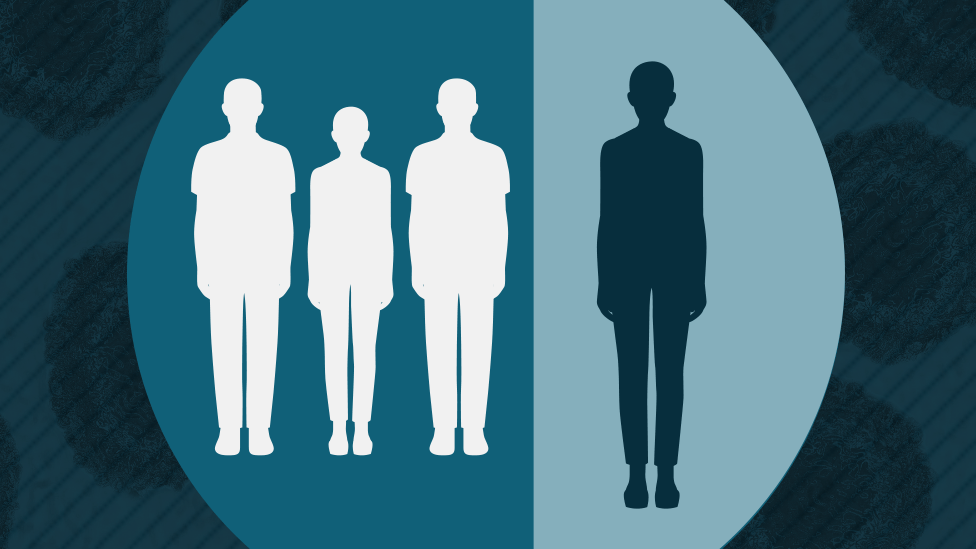
- Published1 April 2020
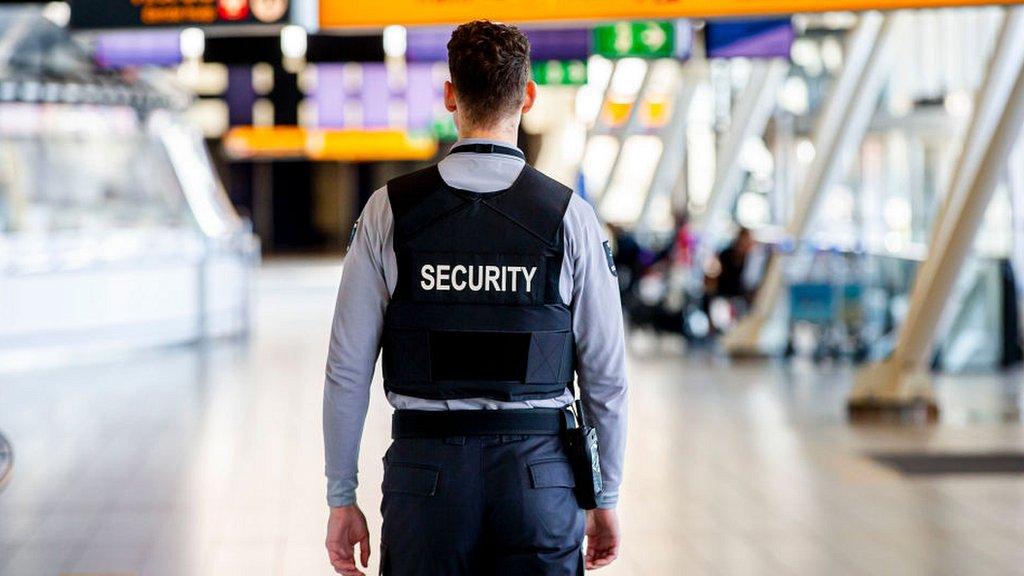
- Attribution
- Published13 March 2020
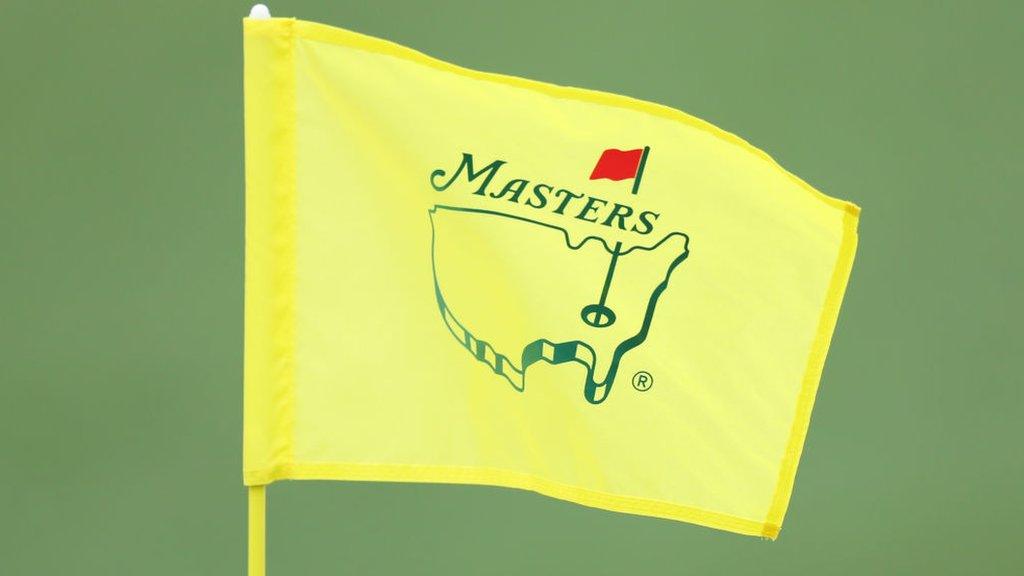
- Published5 July 2022
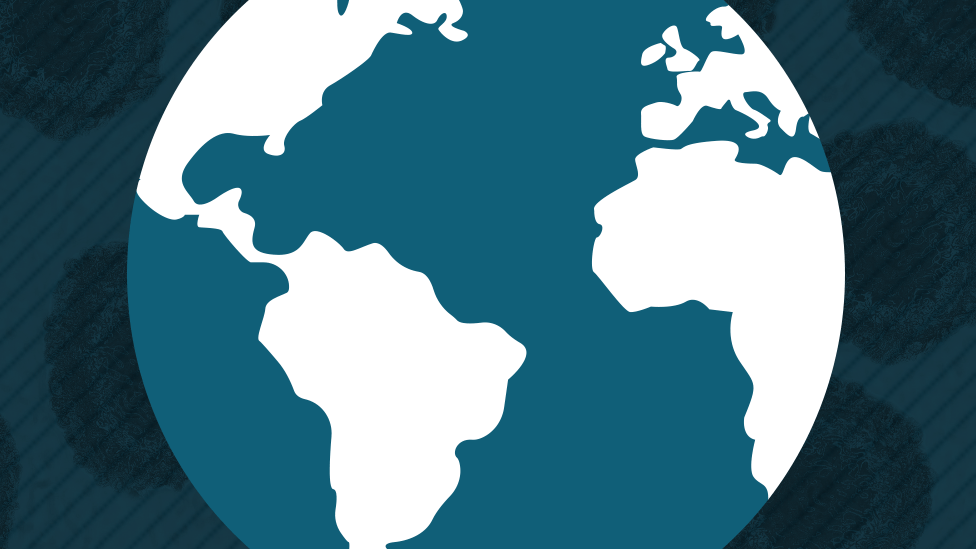
- Published13 March 2020
